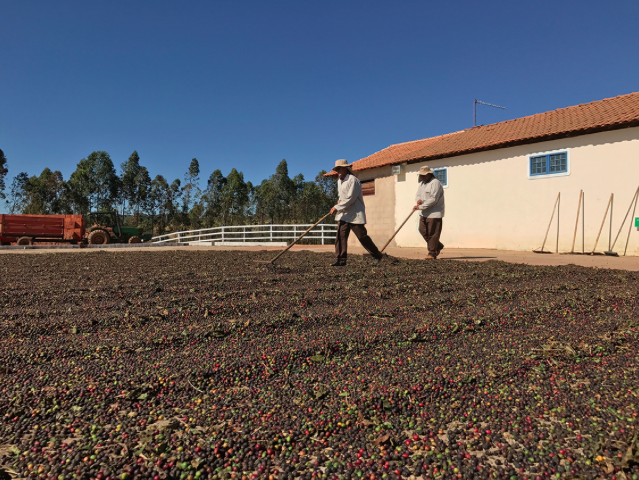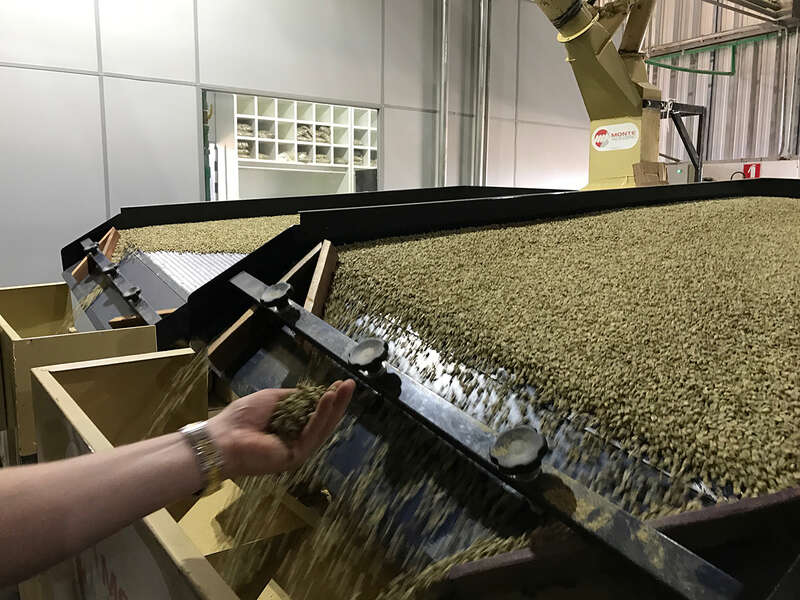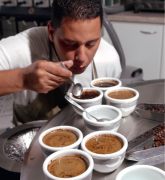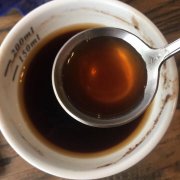Brazil, the representative country of coffee farm industrialization-- Wang ce's trip to coffee producing areas

Professional coffee knowledge exchange more coffee bean information please follow the coffee workshop (Wechat official account cafe_style)
In July 2017, I embarked on a trip to a coffee farm from Taiwan to Brazil. It takes about 80 hours to get to and from Mo, and before takeoff we also learned that Typhoon Nisha would make landfall on our return trip. A trip to explore the front line of the coffee industry is full of flavor imagination and wind and rain. Located in the famous Cerrado producing area of Brazil, it is the destination of our trip.
There is no doubt that the variety, geography and climate of coffee, soil texture, planting techniques, harvesting and processing methods, like the results of breeding from the land, will directly affect the quality of raw coffee beans. This time in Brazil, I experienced the exquisite coffee agriculture different from Taiwan, Ethiopia and Panama. Apart from being an eye-opener, my physical experience was also attached to the flavor field that fascinated me. Brazil, the world's largest coffee producer, accounts for 30 per cent of global coffee usage if it covers "commercial" and "boutique" coffee. In addition to the original conditions such as climate and geographical area, Brazil has created today's huge national income and benefits because of the "industrialization" of coffee.

Brazil mainly grows Arabica Burbon and Catuai species. The yield of these beans is higher than that of many varieties. The Cerrado area visited this time is not between 900m and 1100m above sea level in Taiwan, but there is a certain gap with Ethiopia and 1800m in Panama. On the other hand, almost all the manors we visited adopted "plain planting", with no shade trees to facilitate mechanical harvesting, minus labor costs.
Based on the law of global industrial capitalization and the conditions of the national geographic economy, Brazilian farmers choose coffee whose output is greater than its output value. At the expense of certain technologies, it helps to increase the flavor and quality of coffee, such as providing "shade" to increase the sugar content of fresh fructose, and "selective manual picking" of bright red or purple fresh fruit. leave unripe and overripe fruit on the tree to increase the cleanliness of raw beans. At first, I was quite shocked by such an industrial alchemy process. Seeing the uneven color of fresh fruit and rubbing stones and branches, I think of the flavor of "wheat husk" and "dirt" rather than the "nut" and "chocolate" tone of fine Brazilian coffee.

After visiting the processing plant in the manor, I realized that the local coffee industry in Brazil generally has incisive and layers of post-processing technology and equipment to make up for the roughness of picking. Through the physical screening machine and water gravity classification, the inconsistent fresh fruits, stones and leaves are separated, and then treated by the sun or washing, and even the raw beans are screened by a large color sorter to remove the raw beans with inconsistent colors, resulting in the clean flavor of fine Brazilian coffee.

Coffee from different countries has gone through a long journey and become sprinkled in the hands of our baristas. We then display our professional skills and knowledge of beans in order to brew out customer-oriented drinks. Similarly, these landowners refine their coffee flavor in different ways. Thank you again for reading the article on this trip, and because of your support, the transnational flavor of boutique coffee from the manor to the cup can be recycled forever.
The full text is published in style master Magazine issue 44.
Important Notice :
前街咖啡 FrontStreet Coffee has moved to new addredd:
FrontStreet Coffee Address: 315,Donghua East Road,GuangZhou
Tel:020 38364473
- Prev

The equipment and steps of Cupping can test your favorite coffee beans at home.
Professional coffee knowledge exchange more coffee bean information please follow the coffee workshop (Wechat official account cafe_style) continue the content of the previous Cupping, after a general understanding of the nature of coffee, we can prepare some tools to start Cupping. It is not difficult for 2.Cupping equipment to plan a simple Cupping. In fact, as long as we follow some principles, we will stay at home.
- Next

Coffee farmers in Brazil and Vietnam are unable to sell, short dreams may fail. How to drink Brazilian coffee?
Professional coffee knowledge exchange more coffee bean information please follow the coffee workshop (Wechat official account cafe_style) in-depth understanding of the world's largest coffee producer Brazil coffee bean grade due to the coffee international market downturn, Vietnam and Brazil coffee farmers although bumper harvest, but generally hesitate to sell, in order to resist the price pressure, short dream may be dashed. Robusta Coffee International
Related
- Detailed explanation of Jadeite planting Land in Panamanian Jadeite Manor introduction to the grading system of Jadeite competitive bidding, Red bid, Green bid and Rose Summer
- Story of Coffee planting in Brenka region of Costa Rica Stonehenge Manor anaerobic heavy honey treatment of flavor mouth
- What's on the barrel of Blue Mountain Coffee beans?
- Can American coffee also pull flowers? How to use hot American style to pull out a good-looking pattern?
- Can you make a cold extract with coffee beans? What is the right proportion for cold-extracted coffee formula?
- Indonesian PWN Gold Mandrine Coffee Origin Features Flavor How to Chong? Mandolin coffee is American.
- A brief introduction to the flavor characteristics of Brazilian yellow bourbon coffee beans
- What is the effect of different water quality on the flavor of cold-extracted coffee? What kind of water is best for brewing coffee?
- Why do you think of Rose Summer whenever you mention Panamanian coffee?
- Introduction to the characteristics of authentic blue mountain coffee bean producing areas? What is the CIB Coffee Authority in Jamaica?

